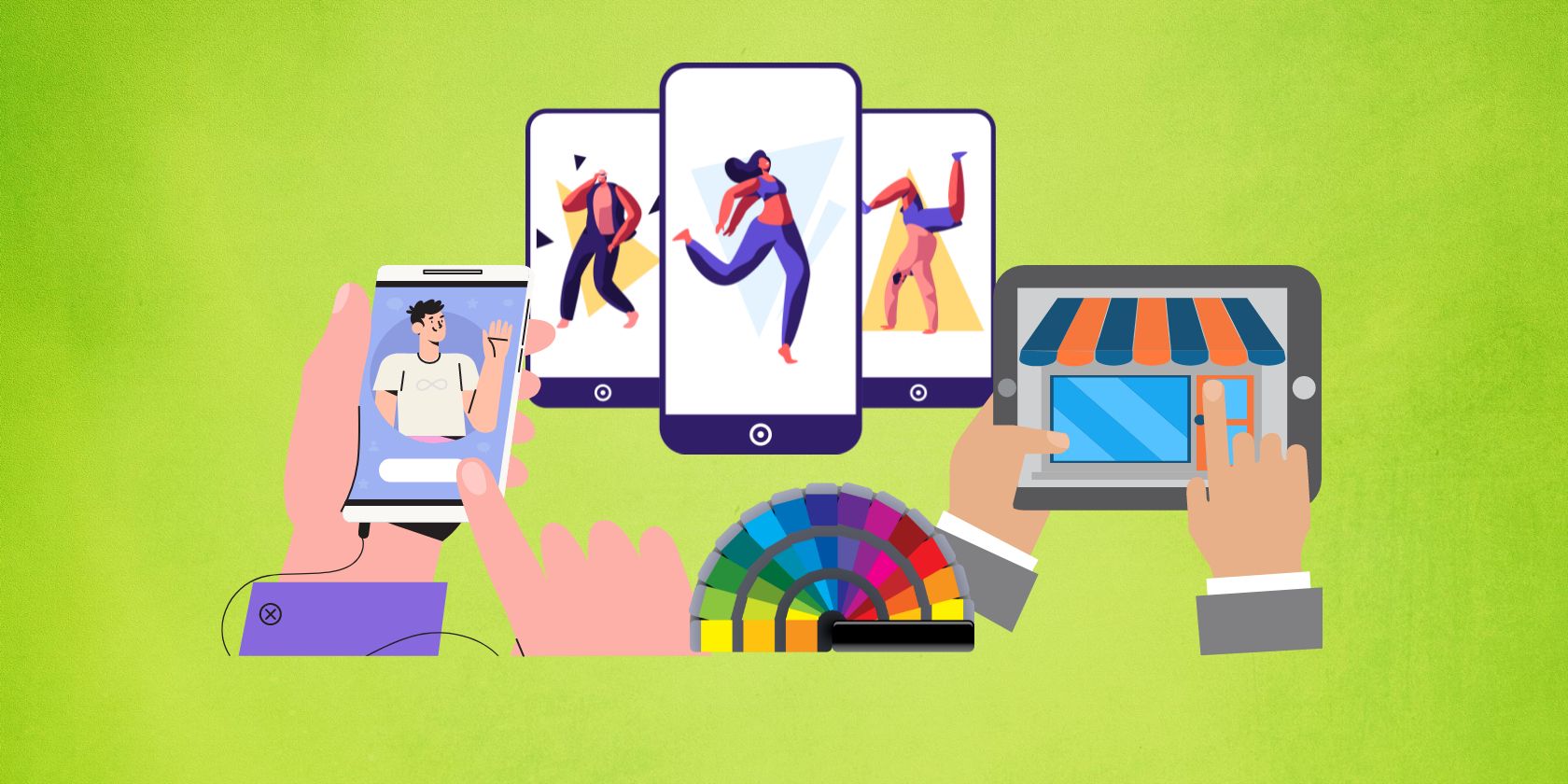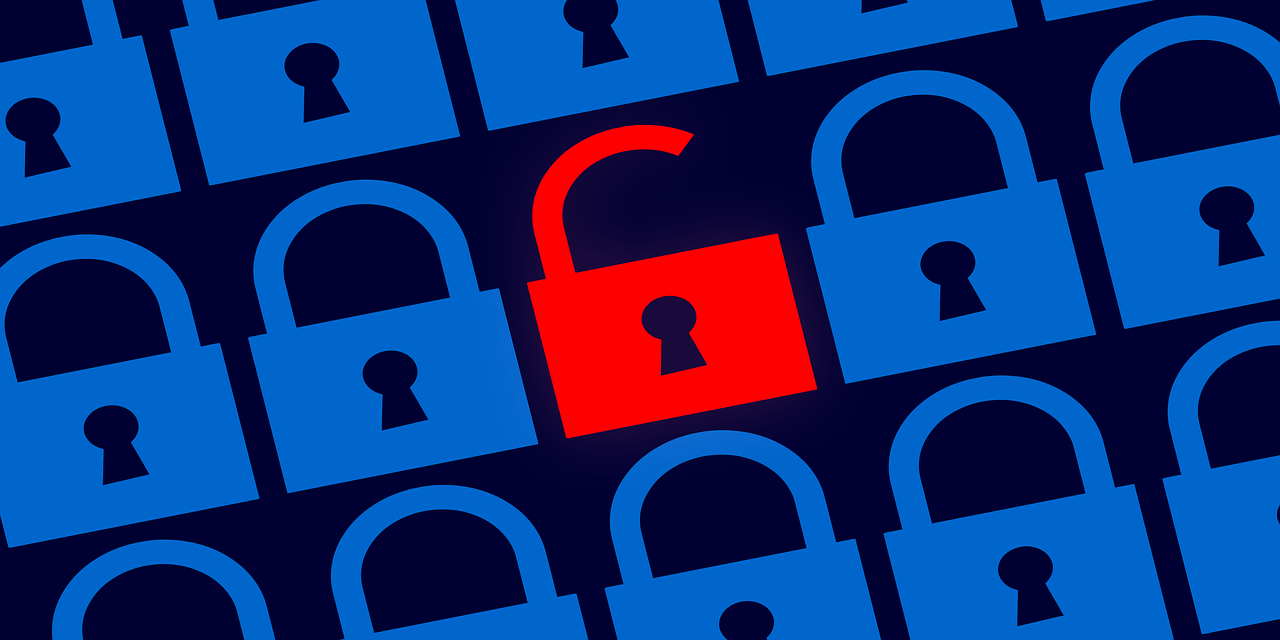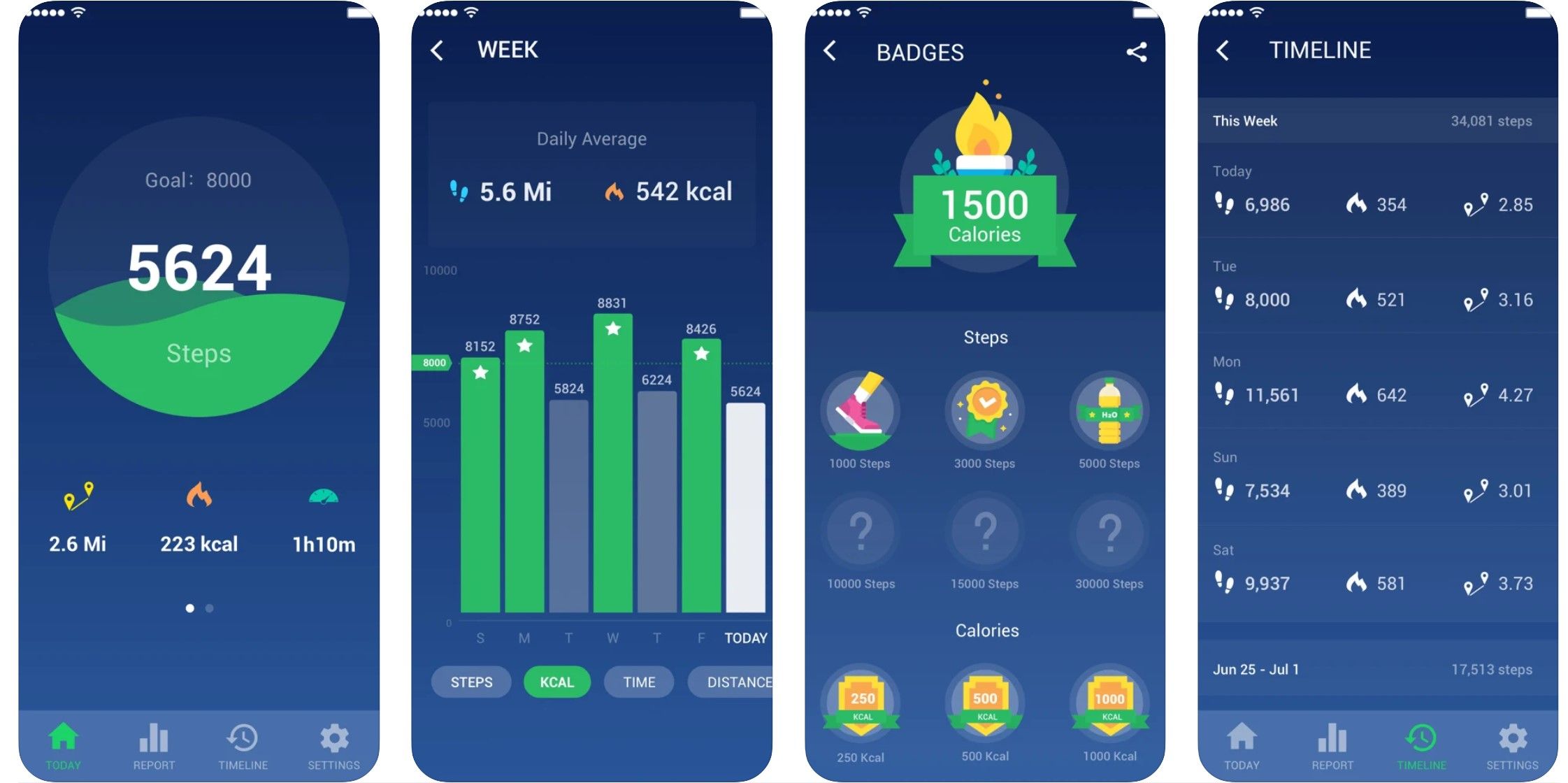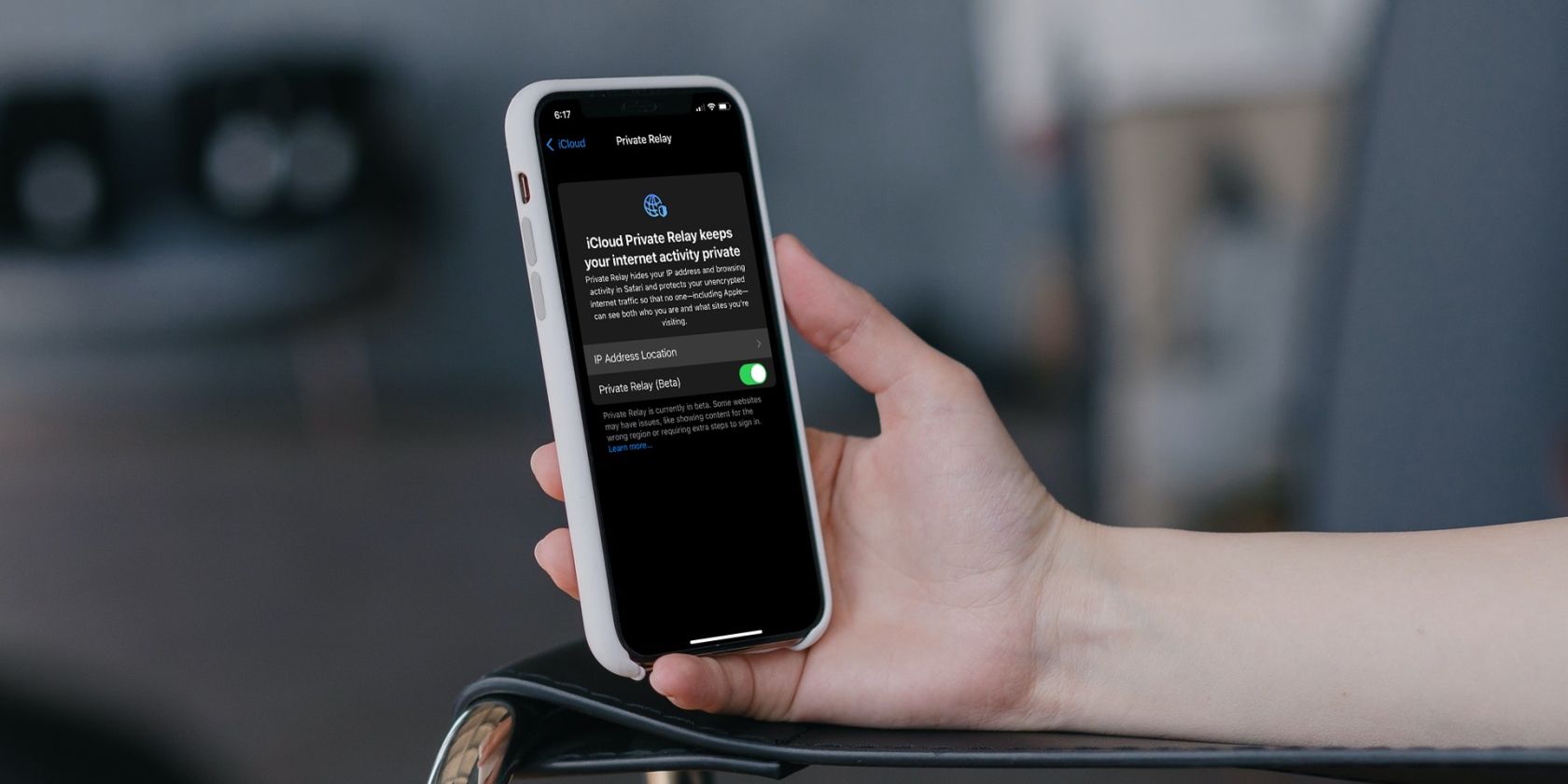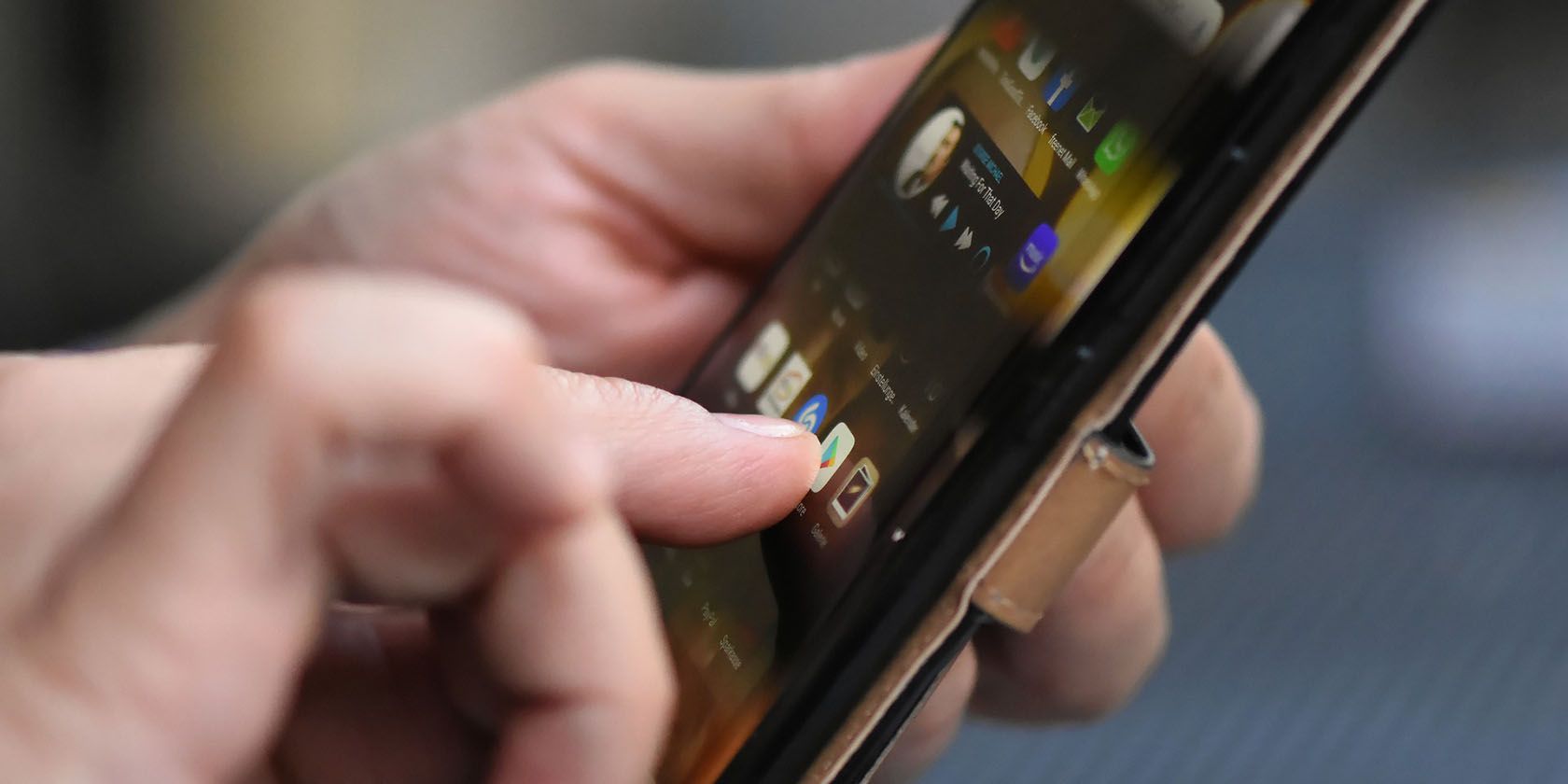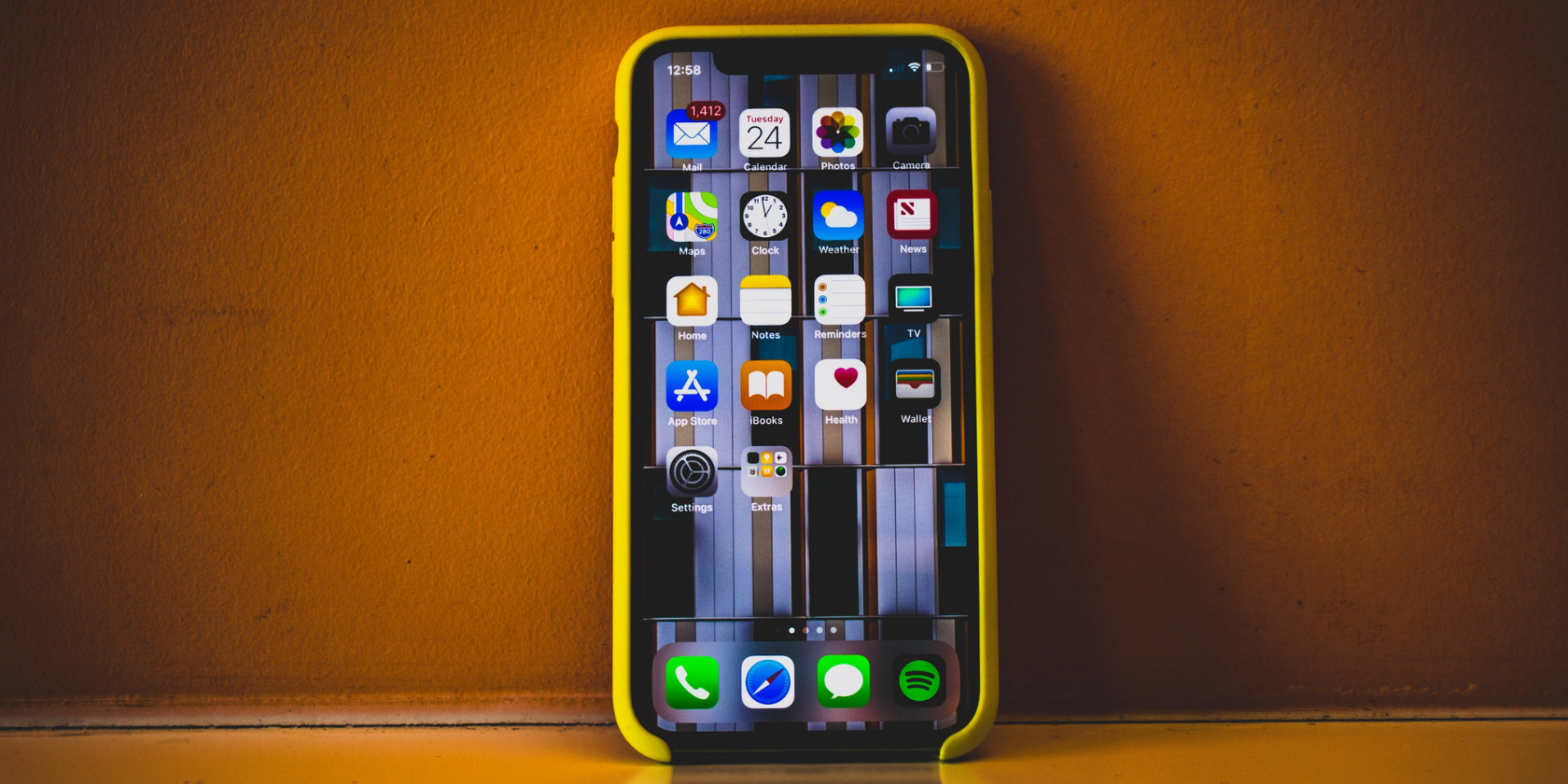It's hard to imagine modern life without smartphones. We use them every day and for all sorts of reasons. Whether it's to order food, chat with friends, watch movies, search for jobs, scroll through social media, play games, or shop online.
There are roughly 6.4 billion smartphone users globally. With such a massive market, it's no wonder developers try to create the best mobile app experience they can. If you're one of them, you ought to hear the five qualities your mobile app should have.
1. Security and User Privacy
Perhaps the most important quality of a mobile app is its security. We do more things now from our phones than we ever have before. And as a by-product, we're required to feed our private info to mobile apps to use their services. This info can include a user's email address, phone number, IP address, home address, date of birth, photos, bank details, etc.
When a new user signs up in your app, they expect your full commitment towards making sure that their data is safe, free from breaches, and won't be used for purposes other than what they intended it for.
You can allow your users to turn on multi-factor authentication and prompt new signees to create a stronger password that includes numbers, upper and lower case letters, special characters, etc. In a nutshell, the easier you make it for them to trust you, the better.
2. Intuitive UI and Familiar Layout
Design plays a huge role in app development. An intuitive UI makes it easy for users to know what to expect when they tap something. For instance, the color green is usually seen as a sign of success, red indicates failure or error, while grey may indicate a feature is disabled.
Similarly, a hamburger menu toggles a side menu or navigation bar. A gear icon opens the settings menu. A search bar is indicated by a magnifying glass icon. The close button is always on the top right corner. There should never be more than one pop-up window on a screen at a time. A delete button is indicated by a trash icon.
The idea here is to make use of these universally-known design elements and keep a familiar app layout. This helps users save time by not having to guess or experiment with how to make the app work the way they want. A good design is one that's simple, inviting, and convenient.
3. Guided User Onboarding
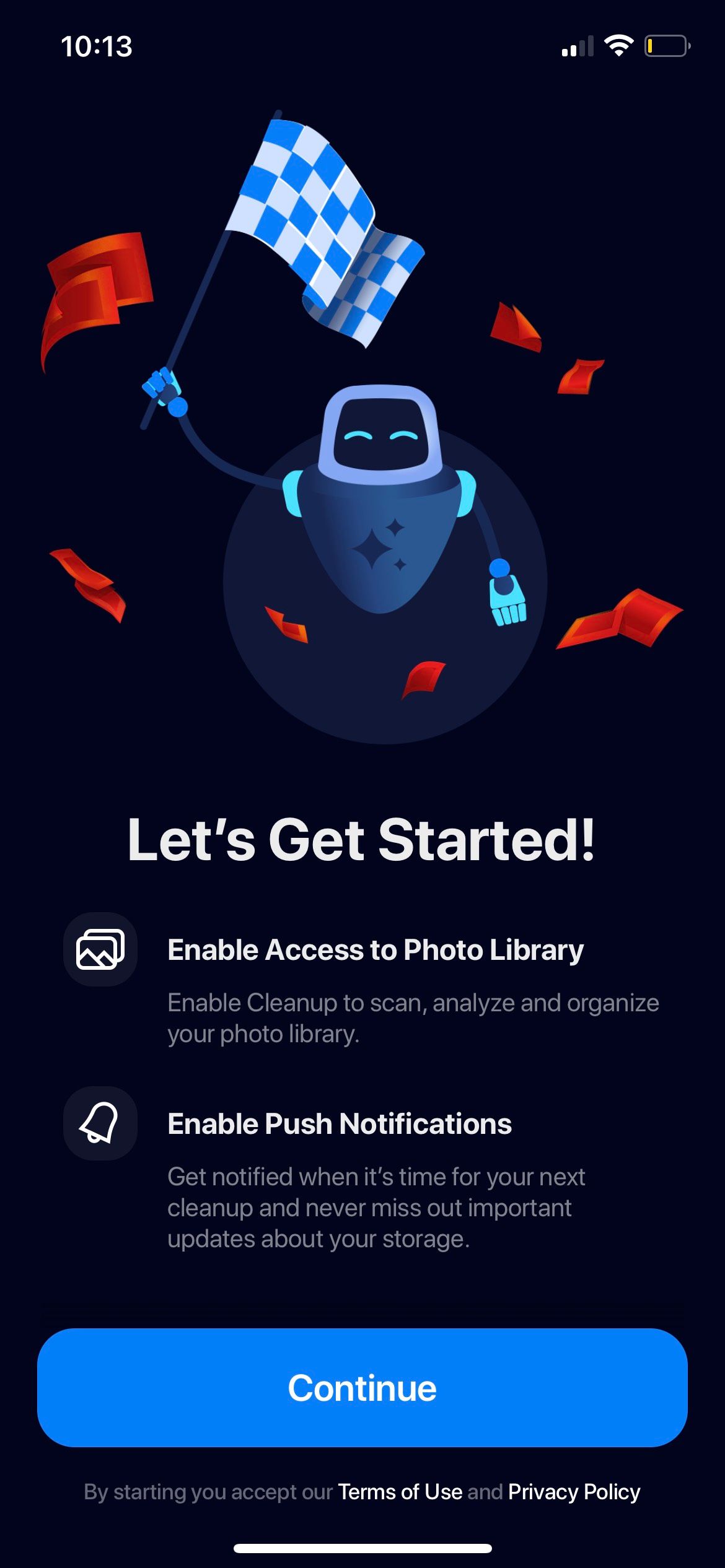
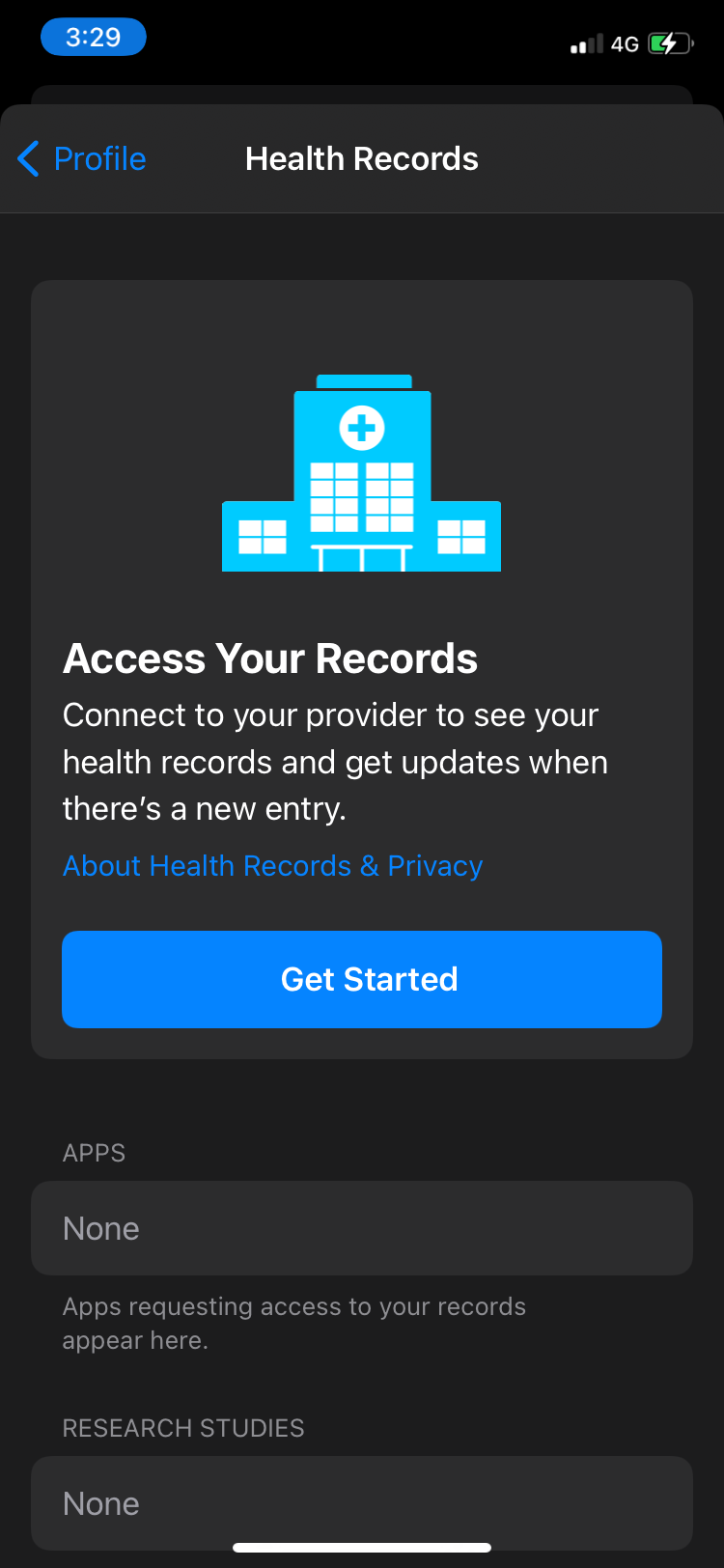
Most users abandon apps on day one after download. Add to that the increasing competition in the mobile app market. As of 2021, the Google Play Store has over 3.48 million apps and the Apple App Store has over 2.22 million apps—making it increasingly harder for new entrants to get a slice of the pie.
This is why a guided user onboarding experience is essential, even more so for apps with unconventional designs. If a new user is having too much trouble locating features or figuring out how to use your app, they're going to uninstall it just as quickly as they downloaded it.
To avoid that, make sure to prompt your users with a tutorial (with the option to skip it!) to help them get acquainted with the app. This way, you also eliminate the risk of them accidentally activating something they didn't mean to.
4. Balance Between Customizability and Uniformity
One of the best ways to make sure that your users like your app is to allow them to sit in the driver's seat. Remember, the app should be centered around the things your users prioritize, not the other way around.
Let them choose the look and feel of the app via customizable accent colors, shapes, sizes, and features. This will help them personalize the app experience according to what fits them the best—making them want to stick around longer.
But don't go overboard with it. Too much customization can result in unnecessary confusion and result in a poor experience. It's best to keep essential features standardized to avoid any potential mismanagement—especially for apps that deal with sensitive info such as finance or investment apps.
5. High Responsiveness
Users don't like waiting. Period. They want to know exactly what's happening and why. For instance, if a user clicks a button on your app but doesn't get any feedback indicating so, they might assume that the app froze or didn't register their input.
Things like this make for a poor user experience. For a positive user experience, you can create feedback mechanisms using sound (such as chimes or a pop sound), haptic vibration, or a short visual animation whenever a user taps a button, finishes a task, achieves a goal, or does anything similar.
The idea here is to show the user that every action and input made by them is acknowledged by the app and that their request is in process. If users can see that their request is in process, they're more likely to be patient because they feel that your app's service is in motion.
Optimize Your Mobile App for the Best Experience
According to BuildFire, an average smartphone user has more than 80 apps installed on their device—9 of which are used on a daily basis and 30 every month. In such a competitive market, the chances of creating a successful app that will be loved by millions are already pretty slim.
A good way to increase those chances is to get the basics right and consistently listen to your audience's reviews (including, and sometimes especially the negative ones) to make necessary changes. The better your app serves its core purpose, the more users will want to stick to the app and recommend it to their contacts.
Whether you're designing a mobile game, banking app, shopping app, internet browser, or anything else, the above-mentioned qualities apply. Be sure to make it easy for your users to reach out to you in case they face any difficulties with your app.

